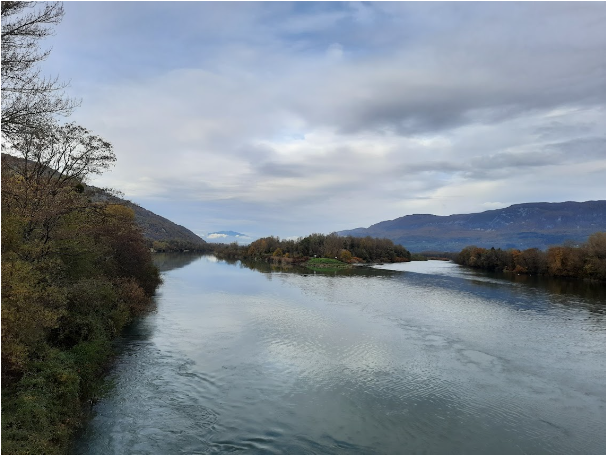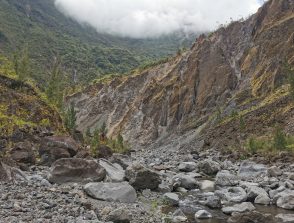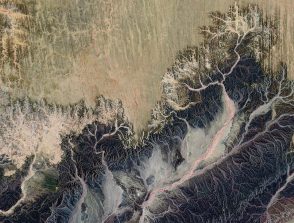Chemical weathering in the European Alps: insights from lithium and strontium
This project aims to understand the long-term weathering trajectories during Holocene in the European alps and to draw hypotheses about the evolution of weathering dynamics in the area with changing climate and anthropic influences with the help of lithium and strontium isotopes in river basins.

Start: 02 October 2022
Supervisors :
Julien Bouchez, Mathieu DELLINGER
Related teams :
External Envelopes Geochemistry
Related themes :
Earth System Science
Status: In progress
Chemical weathering, i.e. the dissolution of primary minerals from rocks and the formation of secondary minerals (clay minerals, iron oxides), is a key process within the Critical Zone (CZ) that gives rise to soils, delivers nutrients to ecosystems and regulates the long-term carbon cycle. Quantifying chemical weathering fluxes (the chemical erosion) and controls is therefore fundamental for understanding and predicting the dynamics of the CZ and its ecosystems. Despite recognition of this importance, it remains difficult to decipher the influence of the climatic, tectonic and anthropic drivers on chemical erosion. This limits our ability to assess how soil weathering will respond to future climate and land-use changes, particularly in rapidly-eroding mountains which dominate the global chemical erosion budget. All these uncertainties fundamentally reflect the challenges associated with i) robust fingerprinting of weathering sources, processes and signatures, ii) teasing apart the effects of mineral vs. water residence time on chemical weathering and iii) integrating the data and observations into a modelling framework for coherent weathering processes. The goal of this PhD project is to improve our understanding of the functioning of the Critical Zone using isotope tracers (lithium, strontium) in soils and streams of small mountainous catchments. The main objectives will be to quantify the sources, fluxes and controls on chemical weathering in the modern European Alps. This will providea better understanding of the long-term weathering trajectories in the European Alps.







